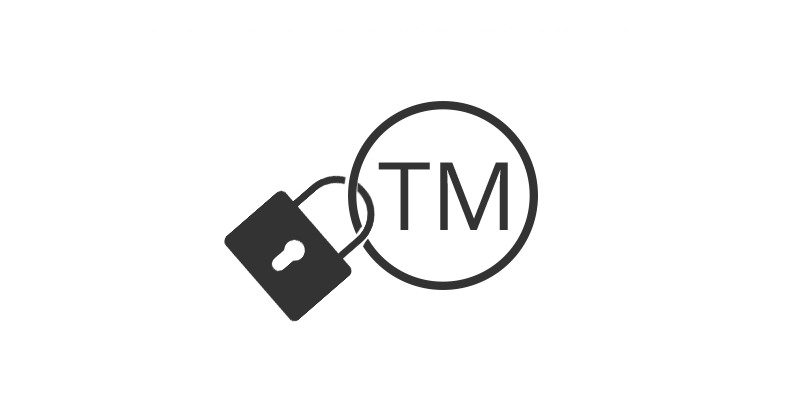By being proactive in ensuring that you do not infringe on another company’s trademark, you may prevent legal difficulties and endless hassles.

Trademarks are valuable phrases and symbols used by companies to identify themselves as well as their goods and services.
Before you begin utilising trademarks in your firm, you must first determine if a comparable trademark has already been registered to someone else.
Table of Contents
Why Is a Trademark Lookup Necessary?
If you establish a firm with a trademark that another company has already registered, you will be unable to register that trademark for your company. Worse, you risk getting sued for trademark violation.
A trademark infringement accusation might result in a tens of thousands of dollars litigation that takes months to settle. Alternatively, in order to prevent lawsuit, you may need to alter your name (as well as your signage, packaging, labelling, and website) and spend more money selling your new brand. Conducting a trademark search before starting your firm may help you avoid these costly and time-consuming issues.
If you want to file for trademark registration, a registered trademark search may help raise the likelihood that your application will be approved.
A “likelihood of confusion” with an existing trademark is one of the major reasons why applications are refused.
There is a risk of misunderstanding if two marks are identical and used for comparable products and services, leading the public to believe that they come from the same source.
A trademark search at the United States Patent and Trademark Office (USPTO) will uncover identical and confusing marks, allowing you the opportunity to pick an alternative mark before spending hundreds of dollars on nonrefundable trademark application costs or thousands of dollars branding your firm.
How to Conduct a Trademark Search
Anyone may use the USPTO’s Trademark Electronic Search System, or TESS, to search for trademarks for free. While searching for direct name matches is rather simple, trademark searches may get tricky, and you may want assistance to do a more complete search.
The goal of your search is to find marks that are similar to yours and are used on comparable products or services.
Marks might be similar but not identical. Names, for example, may be similar if they appear or sound the same. The USPTO gives the names “T.Markey” and “Tee Marquee” as examples of similar names. Look for different spellings and word ends, as well as precise matches, while checking trademark status.
If the products and services are unconnected, such as Delta faucets and Delta airlines, it is conceivable to have similar registered trademarks. Clothing and shoes, for example, or coffee and doughnuts, are examples of related commodities and services. As a result, if you come across a similar mark, you should also check to see whether it has been registered for a comparable sort of products or services.
Conducting a Trademark Examination
Go to TESS and choose a search option to search the USPTO’s trademark database. If you’re looking for a certain name, you may use the trademark name search. If you’re looking for a design mark, such as a logo, you’ll need to first look up your design code in the USPTO’s Design Search Code Manual.
You may check for plurals in a TESS name search. However, the search will not identify terms that sound similar to your trademark but are spelt differently. This implies that in order to identify comparable marks, you’ll need to do repeated searches using as many variants on your name as you can think of. You may look for the exact name or any trademark including the words in your name.
Examine the results of each trademark search for marks that are the same as or similar to yours. Make a list of similar or identical marks, as well as information on the sorts of products or services for which they are registered.
Then make a note of any comparable marks that have been registered for similar products or services to yours. For guidance on how to define products or services and which international trademark class they belong to, see the USPO’s online Acceptable Identification of Goods and Services Manual. This might assist you in determining which items or services are most closely comparable to yours.
Extending Your Search and Obtaining Assistance
Finding precise trademark matches is very simple, but discovering spelling and name variants may be considerably more difficult. Design searches might sometimes be difficult.
A professionally done search may save you time and provide more comprehensive results than you could acquire on your own.
If your search turns up a similar registered trademark, it might be difficult to determine if the resemblance would invalidate a trademark application or lead to a trademark infringement lawsuit. If you are unsure, get guidance from a trademark attorney before investing time and money in trademarking.
Also, keep in mind that a USPTO trademark search will only reveal registered trademarks. It will not uncover trademarks with state or common law rights that may limit your ability to use your brand in a certain location. A more thorough trademark search can assist you in locating these marks and ensuring that you can confidently use and defend your trademarks.
If it has, you may save yourself a lot of work and build a better brand by using a different trademark.
